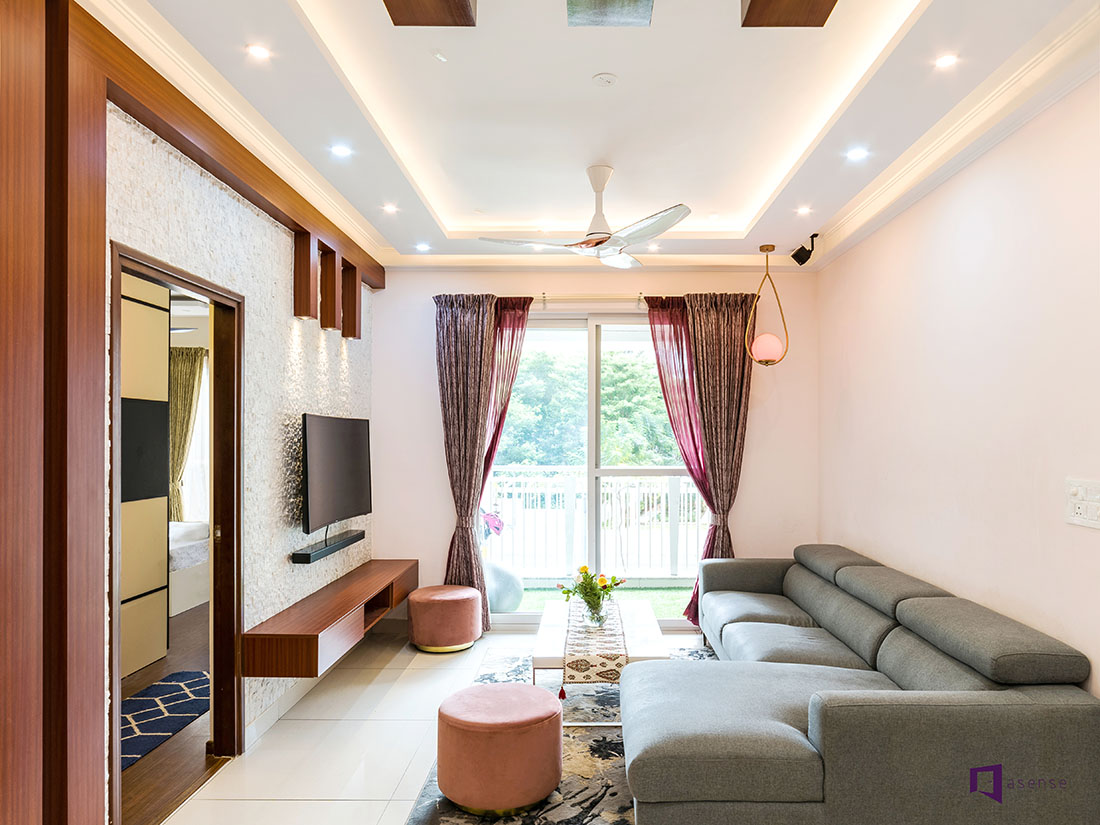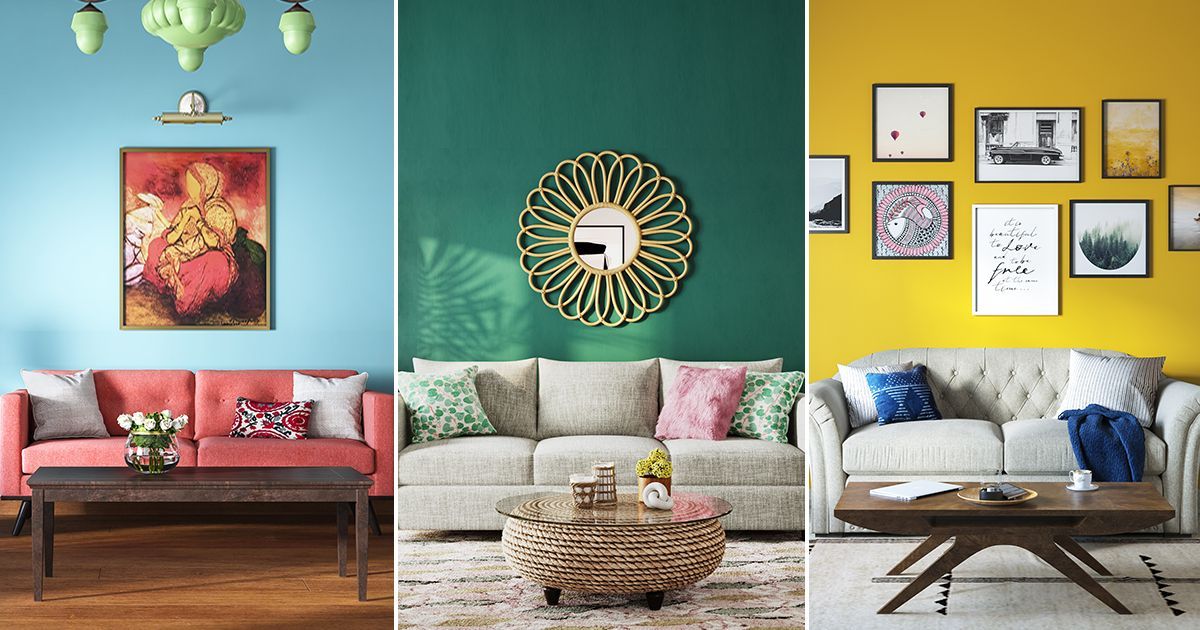Consult an innovative Architecture Firm for cutting-edge and creative designs.
Consult an innovative Architecture Firm for cutting-edge and creative designs.
Blog Article
Change Your Home With Important Concepts of Interior Layout and Appearances
The art of transforming your home via the crucial concepts of interior decoration and appearance calls for a thoughtful approach that balances color, balance, and spatial awareness. By recognizing the effect of shade theory and the importance of structure and patterns, one can develop spaces that are not only aesthetically appealing however additionally deeply individual. Achieving this equilibrium includes greater than mere design; it includes a critical arrangement and a keen understanding of just how each component engages within a room. As we explore these fundamental concepts, think about exactly how they might redefine your understanding of home and personal expression.
Understanding Shade Concept
Recognizing the principles of color concept enables designers to develop spaces that reverberate emotionally with owners while fulfilling practical requirements. Each classification plays a vital function in establishing harmony within a room.
The psychological impact of shades is profound; cozy colors such as reds and oranges stimulate power and heat, while amazing tones like blues and environment-friendlies promote calmness and tranquility. In addition, the use of corresponding colors enhances visual passion, developing striking contrasts that can raise an area's charm.
Neutral shades, on the other hand, function as a versatile background, enabling other layout components to shine. It is vital to think about variables such as lighting and the space's function when choosing a shade scheme, as these can change the perception of colors throughout the day.
Eventually, a well-considered color pattern can change a room, promoting a feeling of convenience and style that straightens with the occupants' preferences. Proficiency of shade concept is, as a result, a crucial skill for any kind of interior designer aiming to create harmonious and welcoming settings.
Achieving Balance in Style
Exactly how can designers accomplish a feeling of equilibrium in their spaces? Accomplishing balance in layout is fundamental to developing unified insides.
Unbalanced balance, on the other hand, relies on differing components that still attain a cohesive look. This strategy permits for more vibrant and casual arrangements, offering rate of interest while maintaining equilibrium. By very carefully picking varying dimensions, shades, and appearances, designers can develop an aesthetically compelling room that feels balanced yet energised.
Radial equilibrium stresses a central centerpiece with aspects radiating outside. This style is typically seen in circular formats, where furnishings and decoration develop a cohesive surround that attracts the eye internal.
Ultimately, accomplishing equilibrium calls for thoughtful factor to consider of scale, proportion, and the connections in between components. Architecture Firm. By masterfully using these equilibrium principles, designers can transform areas into settings that really feel both cosmetically pleasing and functionally harmonious, improving the general experience for passengers
Relevance of Spatial Awareness

A keen sense of spatial understanding enables developers to recognize prime focus within a room, directing the customer's focus to key functions while keeping a total sense of unity. It also helps in the calculated positioning of illumination, which can drastically influence the perception of area and state of mind. Recognizing spatial partnerships allows the designer to cater to the specific demands of citizens, making sure that each area serves its intended objective without jeopardizing aesthetic appeals.
Eventually, spatial awareness is essential for making best use of the capacity of any type of interior space. By carefully taking into consideration the interaction between measurements, design, and go to website function, developers can produce settings that not just meet practical demands but additionally stimulate a sense of convenience and charm, boosting the general living experience.
Incorporating Appearance and Patterns
Accepting a varied variety of textures and patterns can dramatically improve the aesthetic and tactile allure of an interior room. The calculated use different products-- such as wood, steel, fabric, and rock-- creates deepness and interest, making a space really feel a lot more inviting and vibrant. As an example, incorporating smooth surfaces with harsh structures can develop a balance that attracts the eye and engages the detects.
When incorporating patterns, think about both scale and repeating. Huge patterns can work as centerpieces, while smaller, refined designs can match various other elements without frustrating the space. Layering patterns, such as pairing flower pillows with candy striped tosses, adds complexity and a sense of consistency if implemented thoughtfully.
It is also essential to preserve a cohesive color palette, guaranteeing that structures and patterns work together rather than complete for focus. By picking a couple of crucial structures and patterns, you can produce a combined aesthetic that mirrors your individual design while improving the overall setting of the area. Eventually, the cautious incorporation of these elements can change an ordinary space into an innovative atmosphere rich with character and heat.
Customizing Your Space
Developing a room that shows your personality is essential to attaining a really inviting setting. Personalization in interior decoration enables you to infuse your one-of-a-kind style and interests right into your home, transforming it from a mere sanctuary right into a shelter that speaks with that you are. Begin by choosing a color combination that reverberates with your emotions-- vibrant colors can energize, while soft tones supply harmony.
Incorporate art work and decor that show your passions, whether it be traveling, nature, or abstract ideas. Presenting personal collections, such as publications, photos, or souvenirs, can evoke valued memories and produce focal points within a space. Additionally, think about customizing practical pieces, like upholstered furniture, to straighten with your aesthetic choices.

Final Thought
To conclude, the makeover of a home with the vital concepts of interior decoration and looks demands an extensive understanding of shade theory, equilibrium, spatial recognition, appearance, and customization. Each component contributes considerably to producing an unified and functional living atmosphere - interior design firms luxury interior try this web-site design. By thoughtfully incorporating these concepts, people can improve the aesthetic appeal and psychological resonance of their areas, ultimately promoting a home that reflects one-of-a-kind identifications while supplying convenience and practicality
Report this page